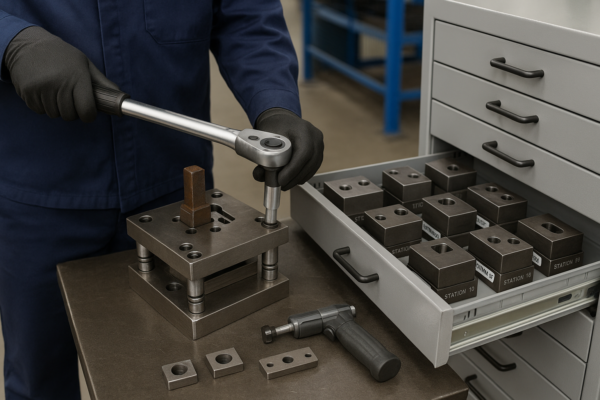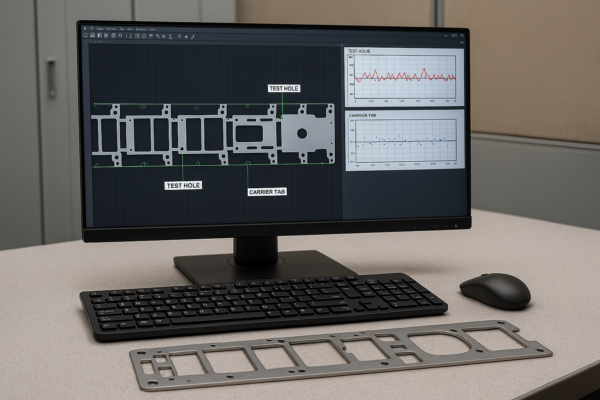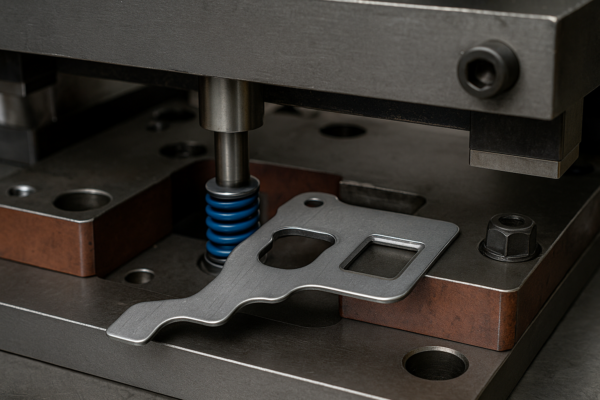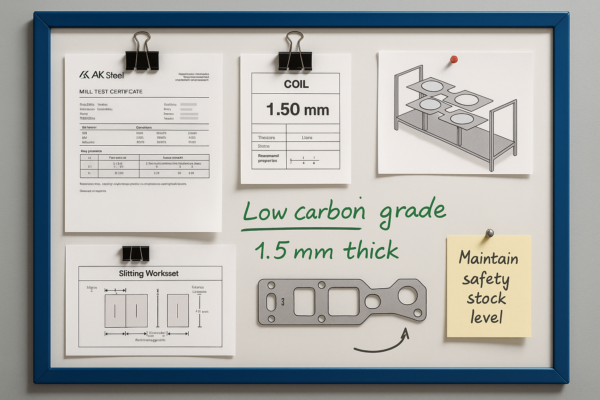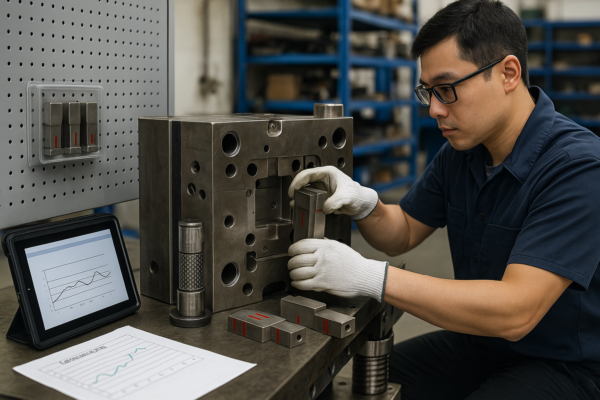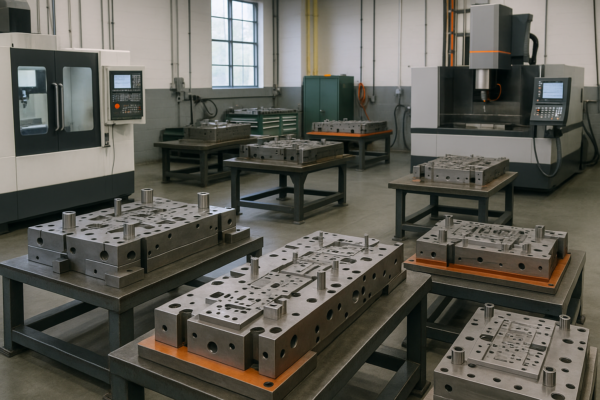Metal and Plastic Parts Industry Trends in 2025: Are You Ready?
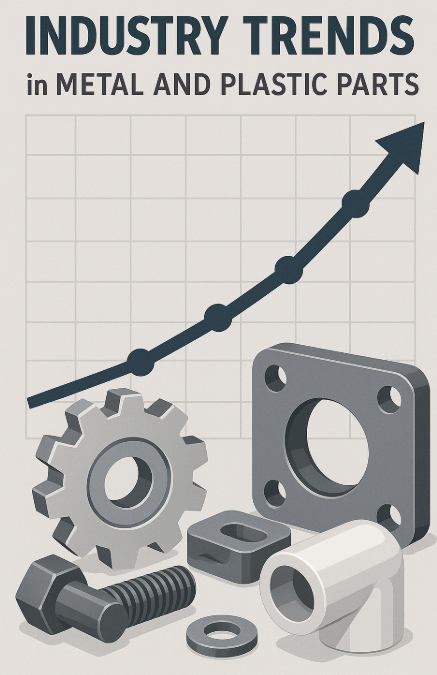
With over 20 years in precision manufacturing, we at Prime have identified key 2025 trends reshaping metal and plastic parts production – from AI-powered automation to sustainable materials. Staying ahead means adapting now.
The 2025 metal and plastic manufacturing landscape will prioritize automation (30% faster production), eco-friendly materials (50% recycled content demands), and advanced digital twin simulations (90% defect reduction). Companies lagging in Industry 4.0 adoption risk 20-35% cost disadvantages vs competitors.
Here’s how forward-thinking manufacturers are preparing today.
1. Which Automation Technologies Will Dominate in 2025?
Smart factories are no longer optional for competitive manufacturers.
Our facility’s early adoption of cobots (collaborative robots) reduced labor costs by 40% while maintaining precision (±0.01mm tolerance). 2025 will see expanded use of AI-driven predictive maintenance, cutting unplanned downtime by up to 75% according to industry benchmarks.
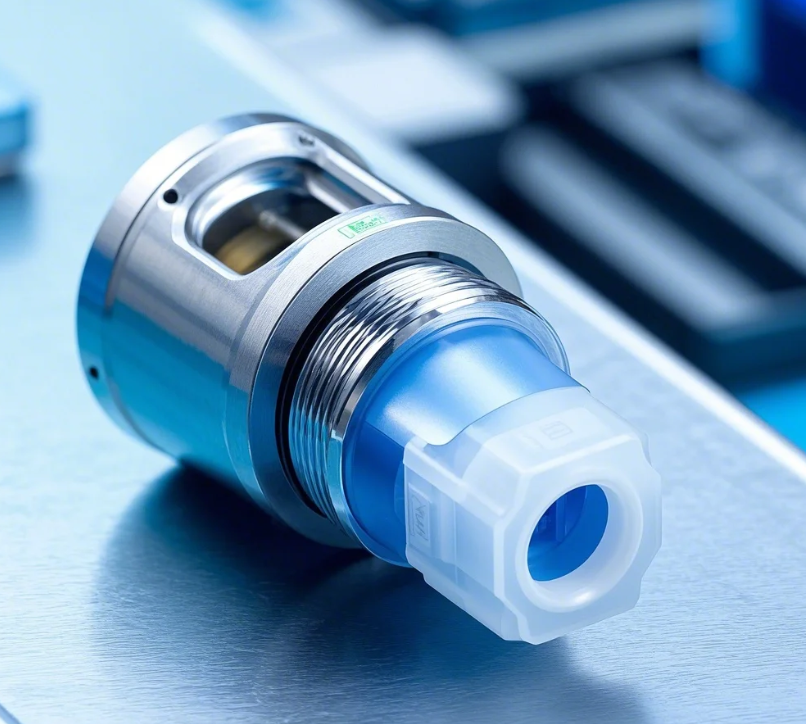
2025 Automation Game-Changers
| Technology | Impact | Prime’s Implementation |
|---|---|---|
| AI Quality Inspection | 90% fewer defects | Deployed AI vision systems in Q3 2023 |
| Self-Learning CNC Machines | 15% faster setups | Pilot program launched with Siemens |
| Autonomous Material Handling | 30% less floor space needed | AGVs replacing manual carts by 2024-Q2 |
| Digital Twin Simulations | 50% fewer prototyping cycles | Full production line digitization underway |
2. How Will Sustainability Requirements Transform Material Choices?
Global buyers now mandate eco-certified components.
Recent RFQs show 78% of EU/North American clients demand:
1) ISCC+ certified recycled metals
2) Biodegradable plastic alternatives
3) Carbon footprint audits
We’ve responded with new aluminum recycling lines (85% energy savings vs virgin material) and plant-based polymer options.
Sustainable Material Alternatives
| Traditional Material | 2025 Eco-Alternative | Prime’s Status |
|---|---|---|
| Virgin Aluminum | Post-Consumer Recycled (PCR) Al | Stocking 3 new alloys |
| Oil-Based Nylon | Castor Bean Polyamide | Samples available Q1 2025 |
| PVC Plastic | PHA Biopolymers | R&D phase |
| Steel | Green Hydrogen-Reduced Iron | Partnering with SSAB |
3. Why Will Hybrid Metal-Plastic Components Grow 120%?
Lightweighting meets cost efficiency in next-gen designs.
Automotive and medical sectors now request:
• Metal inserts in plastic housings (30% weight reduction)
• Conductive plastic coatings replacing metal EMI shields
Our overmolding expertise positions us for this $29B market opportunity.
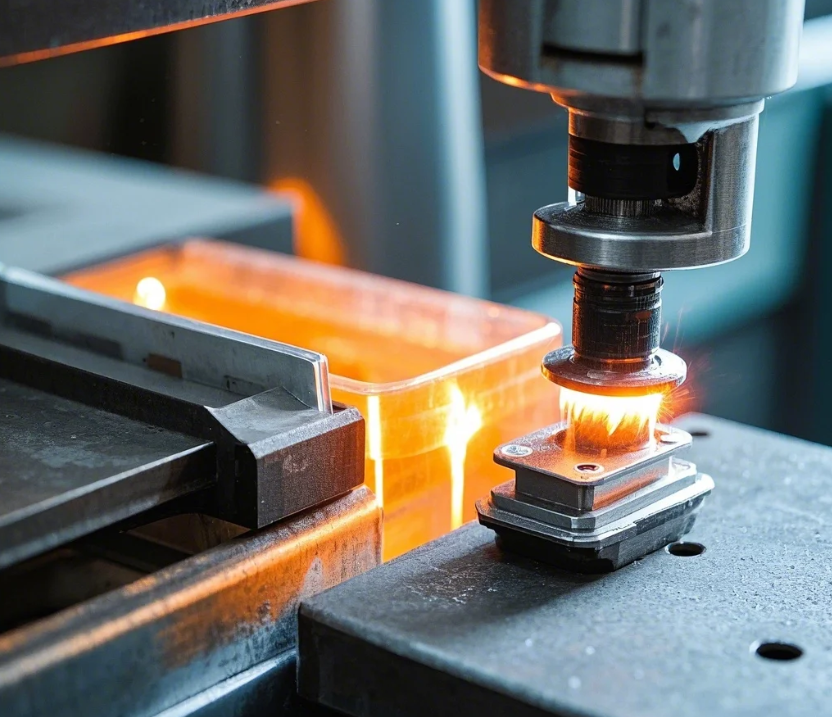
Hybrid Component Manufacturing Methods
| Technique | Advantages | Applications |
|---|---|---|
| Insert Molding | Strong metal-plastic bonds | Electrical connectors |
| Two-Shot Molding | No post-assembly needed | Wearable devices |
| Ultrasonic Welding | 5-second cycle times | Automotive sensors |
| LDS (Laser Direct Structuring) | Embedded circuits | 5G antennas |
Conclusion
The 2025 winners in metal/plastic manufacturing will be those investing now in automation (especially AI and cobots), sustainable material innovations, and hybrid component capabilities – while leveraging digital twins to accelerate development cycles and reduce waste. At Prime, we’re future-proofing our 10 production lines to deliver these advantages today.

